- Product
- Solution for
For Your Industry
- Plans & Pricing
- Company
- Resources
For Your Industry
Even though the holidays may seem far off, savvy eCommerce retailers know that now is the ideal time to start preparing. Looking at the holiday shopping trends of 2023, US retail eCommerce sales are poised to break all previous records, projected to reach a staggering 271.58 billion, a significant 9.5% increase compared to the previous year.
There’s no doubt that this upcoming season will be a whirlwind of activity for online retailers. To ensure your brand’s digital success in 2024, you’re in the right place.
Let’s explore some early holiday shopping trends and predictions for 2024 that will influence consumer behavior this season. By implementing the right strategies, you can capture your share of the booming holiday sales.
But first, let’s recap the eCommerce holiday trends we observed in 2023!

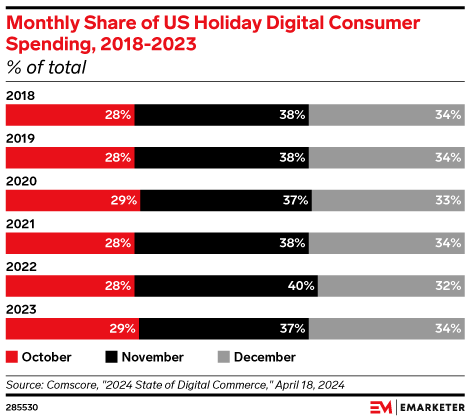
Source: EMARKETER
Looking back at the 2023 holiday season, several key trends emerged that shaped consumer behavior and influenced shopping strategies.
Online retail sales in the US reached a remarkable $254 billion during the holiday season, with Cyber Monday driving the most spending.
Consumers initiated their holiday shopping earlier than ever before, with 27% starting their purchases as early as August. This represented a significant increase from the 19% who had begun at the same time in 2022.
Price sensitivity remained a paramount factor, with 49% of consumers emphasizing that discounts were crucial in their purchasing decisions. Retailers responded with aggressive pricing strategies, intensifying competition and placing a premium on value.
Eco-conscious shopping gained momentum, with 62% of Gen-Z consumers expressing a preference for purchasing from sustainable brands.
Mobile shopping continued its upward trajectory, with 51% of holiday purchases made via smartphones. Retailers who optimized their mobile interfaces witnessed improved conversion rates and enhanced customer satisfaction.
Shopping habits are in a constant state of flux, and the holiday rush often accelerates these shifts. Last year, we witnessed a surge in consumers eager to return to brick-and-mortar stores, making earlier purchases, and seeking convenient return policies. However, as we examine the holiday retail trends for this year, it’s evident that new behaviors and priorities are taking shape.
Let’s discover the five key holiday marketing trends that every retailer needs to be aware of.
Despite the fewer shopping days between Thanksgiving and Christmas this year—just 27—consumers aren’t slowing down.
Tapcart’s 2024 BFCM Consumer Trends report reveals that nearly 60% of shoppers initiate their holiday shopping in October or early November. Additionally, 44% of shoppers plan their Black Friday and Cyber Monday purchases more than a week in advance.
However, the compressed holiday period will likely lead to earlier shopping and potential delivery bottlenecks, presenting challenges for retailers. If businesses aren’t prepared, these factors can negatively impact customer experiences.
To mitigate these issues, marketers and retailers must plan ahead, ensure adequate stock levels, and streamline their supply chains to accommodate the increased demand.
Despite economic uncertainties like inflation and layoffs, shoppers are not backing down. Consumer spending in 2023 witnessed a 3.1% increase compared to the previous year’s holiday period. However, many shoppers are still seeking deals to maximize their purchasing power.
So, what’s the winning formula for discounts?
Research by the Boston Consulting Group revealed that 60% of consumers favor straightforward “discounts on everything” over limited-time flash sales or bundled offers. Notably, discounts of at least 30% tend to drive the highest conversions. Retailers should consider these insights when designing their holiday promotions.
Additionally, flexible payment methods like Buy Now, Pay Later (BNPL) can further appeal to budget-conscious consumers this season.
Retailers can leverage competitor price monitoring solutions to enhance their competitive edge. These solutions enable brands to monitor and adjust their pricing strategies in real-time, ensuring they remain attractive to price-sensitive consumers.
By implementing solutions like those offered by tgndata, retailers can optimize their pricing and stay ahead in a competitive market.
Why brave the cold weather when you can shop from the comfort of your couch?
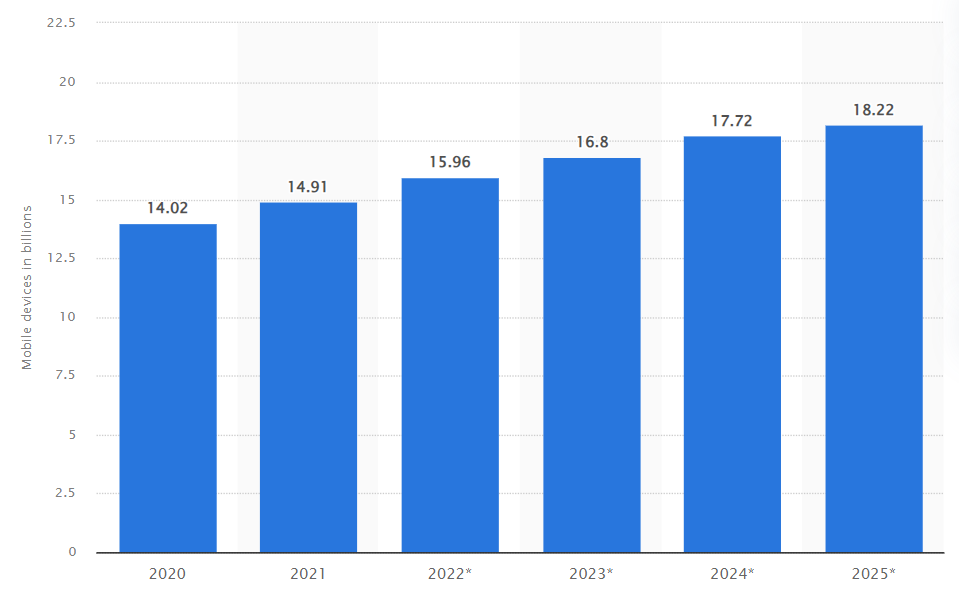
Source: Statista
Mobile shopping is on the rise and will continue to dominate this holiday season, with the number of mobile devices expected to surpass 18 billion.
A survey by Retail Dive found that an impressive 40% of Gen Z shoppers initiate their shopping journey on mobile apps or websites. Tapcart’s report also reveals that a staggering 81% of consumers plan to utilize mobile shopping apps during the Black Friday and Cyber Monday shopping frenzy.
To remain competitive, eCommerce businesses must prioritize delivering seamless mobile shopping experiences. From convenient payment solutions like Apple Pay and Google Pay to integrating social commerce features, retailers need to meet consumers where they are—on their phones.
Self-gifting is gaining momentum, with 61% of consumers likely to treat themselves to something while shopping for others. This trend is particularly prevalent among Millennials (73%) and Gen Z (68%).
This aligns with the broader self-care movement, where individuals prioritize their well-being and indulge in personal pleasures. The COVID-19 pandemic accelerated this trend as people sought solace in small, personal indulgences.
In today’s hectic holiday season, shoppers crave a personalized experience. They no longer want to feel like just another number in a sea of customers.
With platforms like Spotify curating personalized playlists and TikTok serving up hyper-targeted content, consumers expect the same level of personalization in their shopping experiences.
Fortunately, artificial intelligence (AI) has made personalization more accessible than ever before. AI tools empower eCommerce brands to predict trends, analyze purchasing behavior, and even optimize their supply chains. In customer service, AI-driven chatbots can assist customers by finding products, answering queries, processing orders, and even handling returns.
Digital wish lists are another powerful personalization tool. They allow shoppers to save items for later or share lists with friends and family. By personalizing every interaction, brands can transform first-time holiday shoppers into loyal customers who return year after year.
As the economy continues to evolve and new technologies emerge, consumer habits are bound to keep changing. Inflation, innovation, and market shifts have all played a significant role in shaping this year’s shopping landscape.
In response, shoppers are increasingly starting their holiday shopping early, making careful spending decisions, and embracing the convenience of mobile shopping.
To stand out during this holiday season, it’s essential to pay close attention to eCommerce holiday marketing trends, leverage the potential of retail technology, and get creative with your strategies. Prioritizing personalized, seamless shopping experiences that cater to the customers’ evolving needs will also be crucial. By doing so, you’ll be well on your way to a successful holiday season.
So, here’s to a joyous holiday season—and even happier shopping!

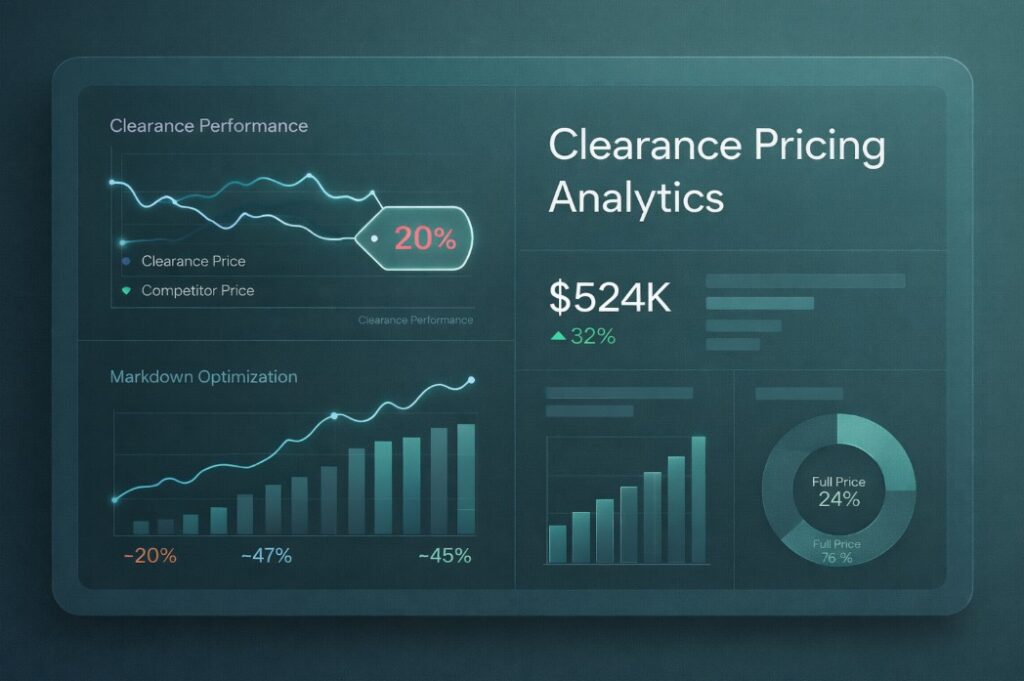
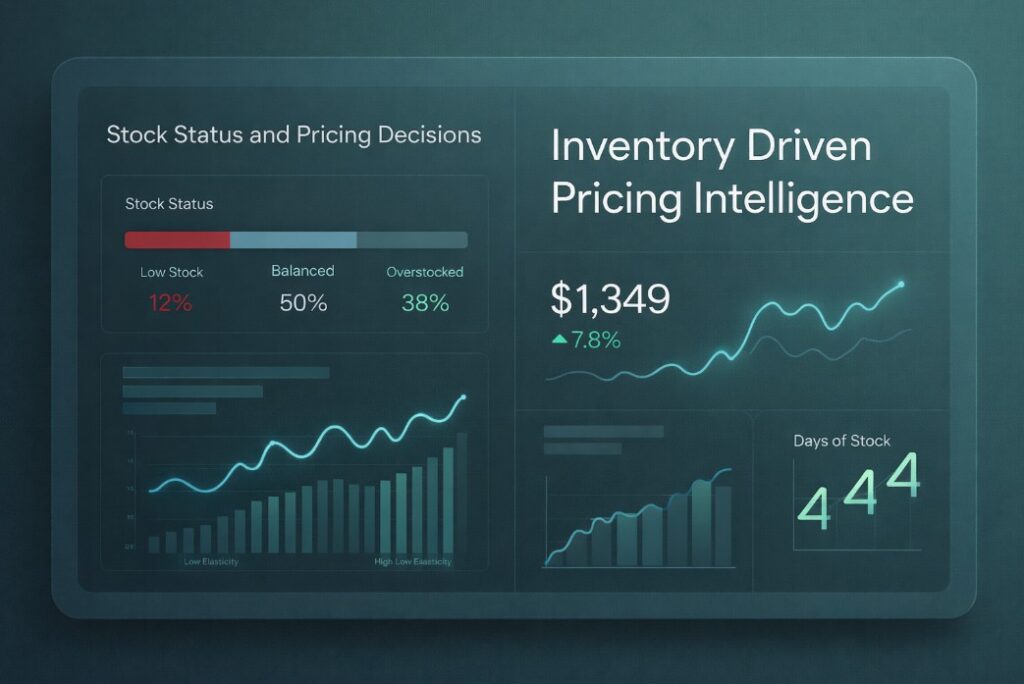
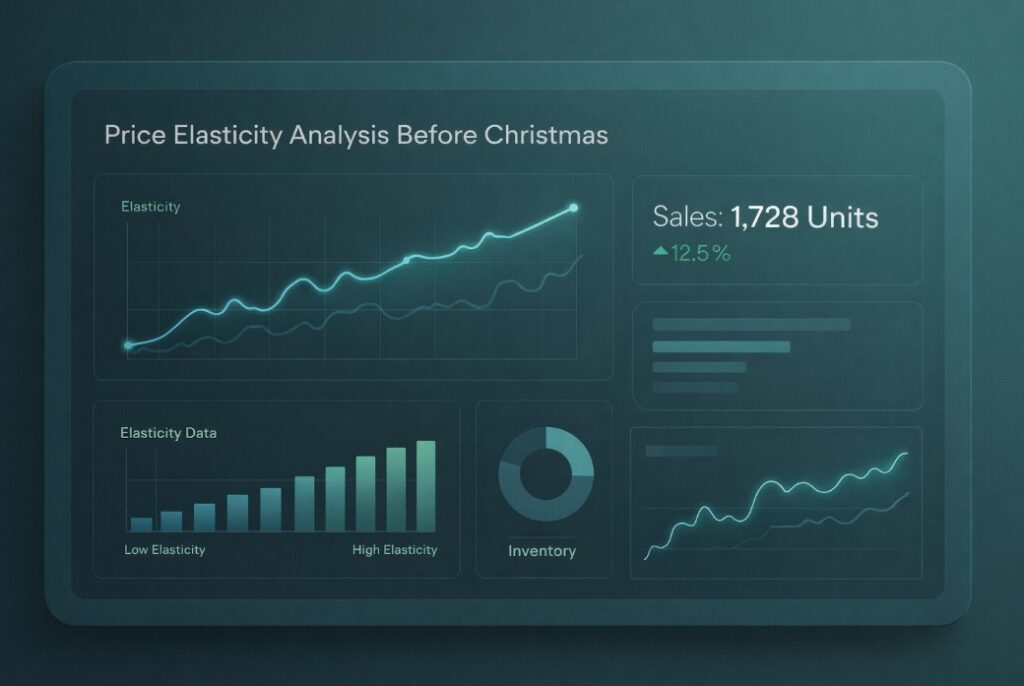
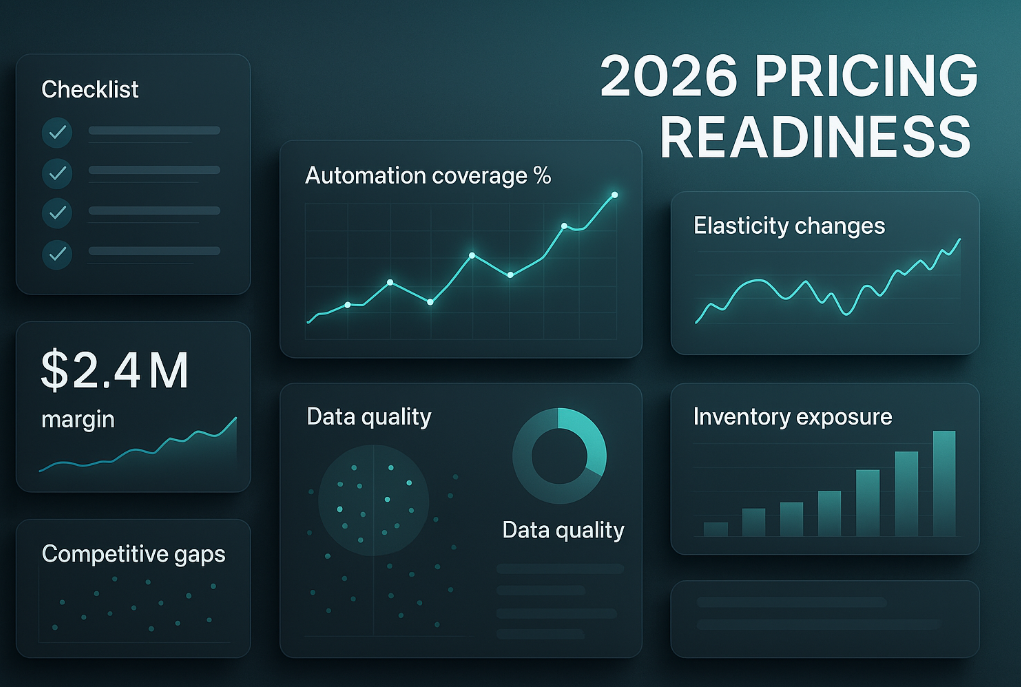

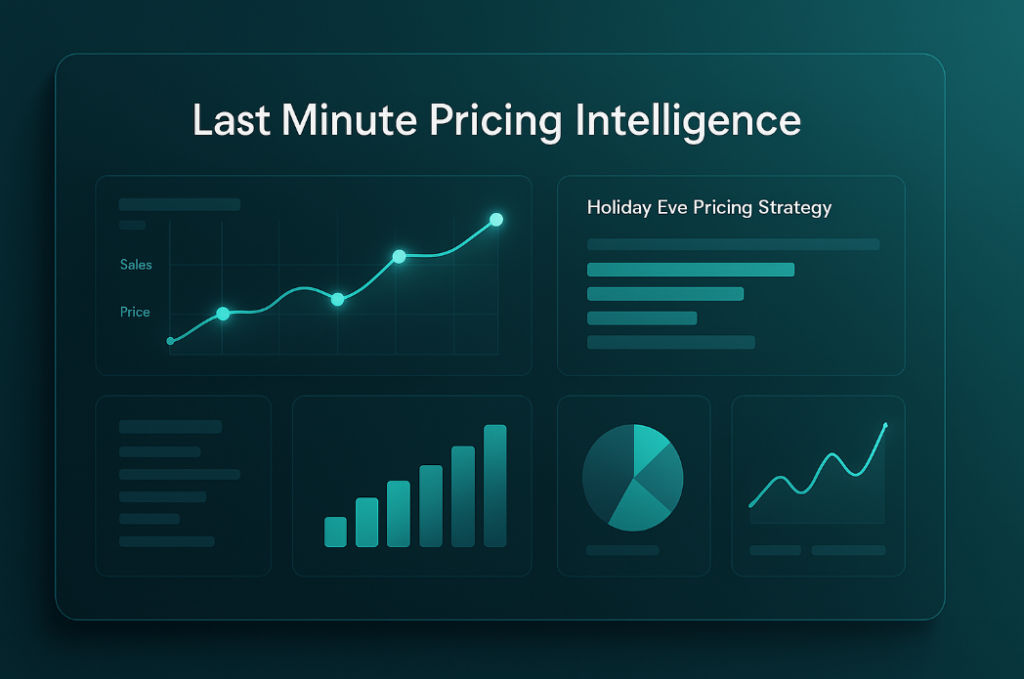






Missing an important marketplace?
Send us your request to add it!